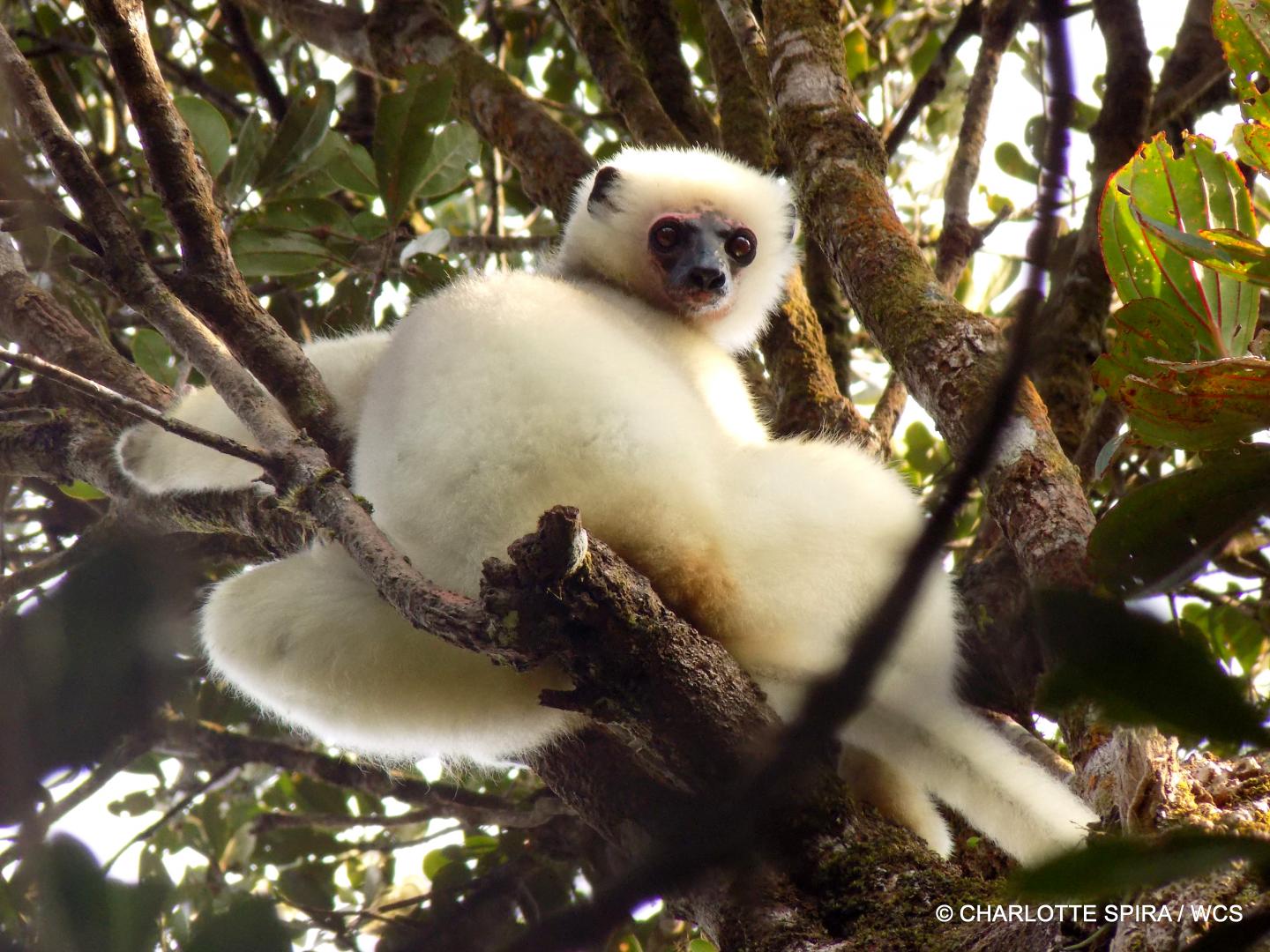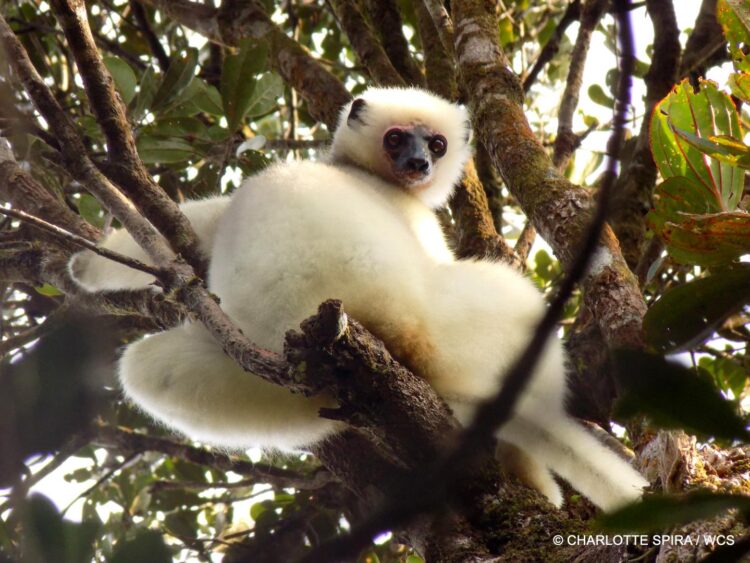Study reveals the prevalence of lemur and fossa meat consumption in villages around Makira Natural Park, northeastern Madagascar

Credit: Charlotte Spria
MAROANTSETRA, Madagascar (May 13, 2021) – A new study by WCS (Wildlife Conservation Society) looks at the prevalence of human consumption of lemur and fossa (Madagascar’s largest predator) in villages within and around Makira Natural Park, northeastern Madagascar, providing up-to-date estimates of the percentage of households who eat meat from these protected species.
Authors from the Wildlife Conservation Society (WCS) describe their findings in the journal Conservation Science and Practice. In Madagascar, the consumption of endangered and protected species, in particular lemurs, is widespread. Consumer demand for bushmeat can drive species to extinction, largely because species with higher body mass are generally the most heavily hunted, but also tend to have low reproductive rates and are therefore particularly at risk of going extinct because of the demand for their meat.
All of Madagascar’s lemur species and the fossa (Cryptoprocta ferox) are protected by law, and local taboos – called fady in Malagasy culture – tend to forbid lemur meat consumption. Therefore, it is difficult to quantify the prevalence of this behavior as people who engage in illegal or socially unacceptable practices are generally reluctant to discuss them openly.
The authors estimated the prevalence of lemur and fossa meat consumption using the unmatched count technique (UCT) – an indirect questioning method that estimates the proportion of a community that takes part in a given sensitive behavior without asking sensitive questions directly to survey respondents, and without knowing whether individual respondents took part in the behavior or not.
The UCT revealed that 53 percent of households had eaten lemur meat over the previous year and 24 percent had eaten fossa meat. These UCT estimates were compared with results from direct questioning, which revealed the percentage of households that ate lemur and fossa meat more than 3.3 and 12 times higher, respectively, than that obtained from direct questioning.
“Because of their low reproductive rates and the high human population density around Makira Natural Park, these species are known to be hunted unsustainably” said WCS researcher Charlotte Spira, the lead author of the study. “Quantifying the prevalence of lemur and fossa meat consumption through repeated measures over time will enable us to assess the impact of ongoing conservation efforts aimed at reducing their hunting and consumption while increasing the production and consumption of alternative protein sources.”
Said Michelle Wieland, Central Africa Livelihoods Coordinator for WCS and a co-author of the study: “We know that many rural Malagasy households don’t have enough micronutrients in their diet, and even small amounts of wildmeat are important for child nutrition. That’s why households are participating in new poultry production and fish farming programs to replace the rare, but consequential consumption of endangered species.”
Poor, protein-deficient communities have been targeted through the Sustainable Wildlife Management program for domestic livestock and fish production programs to increase their access to animal-based proteins that contain vital nutrients. The support they receive ranges from comprehensive training in chicken and fish farming – including in how to build and maintain low-cost pens and ponds – to being provided chickens and fish to start their farms, through to regular monitoring of their production and the difficulties they encounter.
The study’s findings are being used to design a behavior change campaign at the appropriate scale comprised in part of social marketing messages that should be disseminated to a large proportion of the ~13,300 people who live in the study area. The content of the campaign, i.e. the messages and approaches used to disseminate them so they reach the target consumers, are being defined based on results from a more in?depth study on meat consumption preferences, drivers, and behavioral habits that was conducted in parallel to this study.
The authors strongly recommend the use of the UCT by researchers who wish to estimate the prevalence of sensitive behaviors in areas where conservation projects are implemented. Particular attention should be paid to training, survey design, and piloting to ensure that all the underlying assumptions to applying this method are met, and that language and representation subtleties associated with the species of interest are taken into account.
###
This work was supported by the European Union and the Organization of African, Caribbean and Pacific States through the Sustainable Wildlife Management Programme.
WCS (Wildlife Conservation Society)
MISSION: WCS saves wildlife and wild places worldwide through science, conservation action, education, and inspiring people to value nature. To achieve our mission, WCS, based at the Bronx Zoo, harnesses the power of its Global Conservation Program in nearly 60 nations and in all the world’s oceans and its five wildlife parks in New York City, visited by 4 million people annually. WCS combines its expertise in the field, zoos, and aquarium to achieve its conservation mission. Visit: newsroom.wcs.org Follow: @WCSNewsroom. For more information: 347-840-1242.
Media Contact
Stephen Sautner
[email protected]
Original Source
https:/
Related Journal Article
http://dx.





